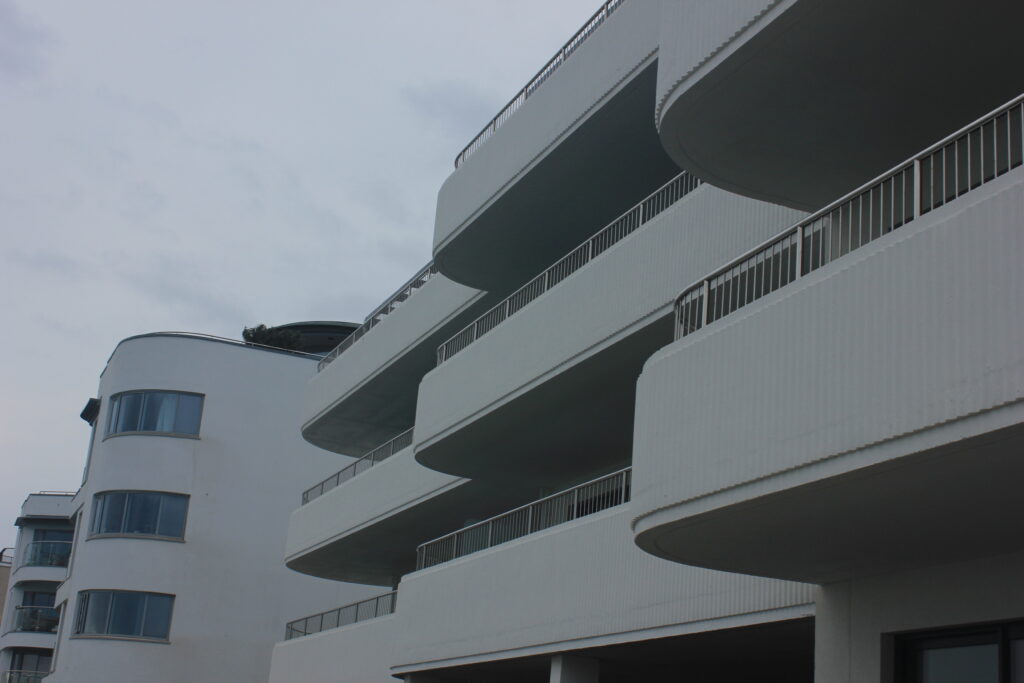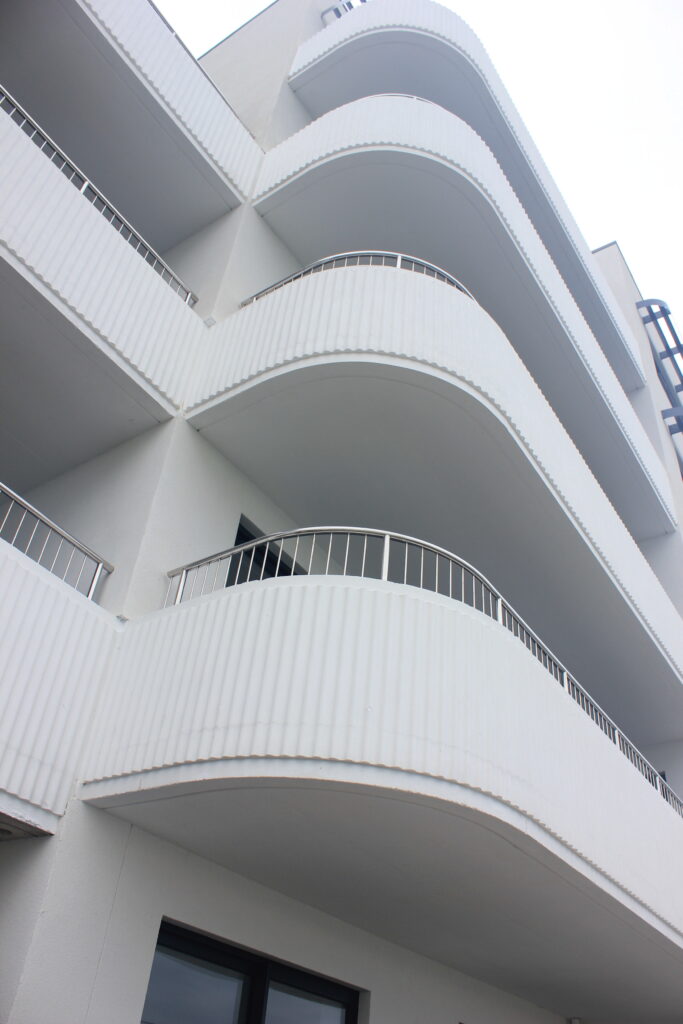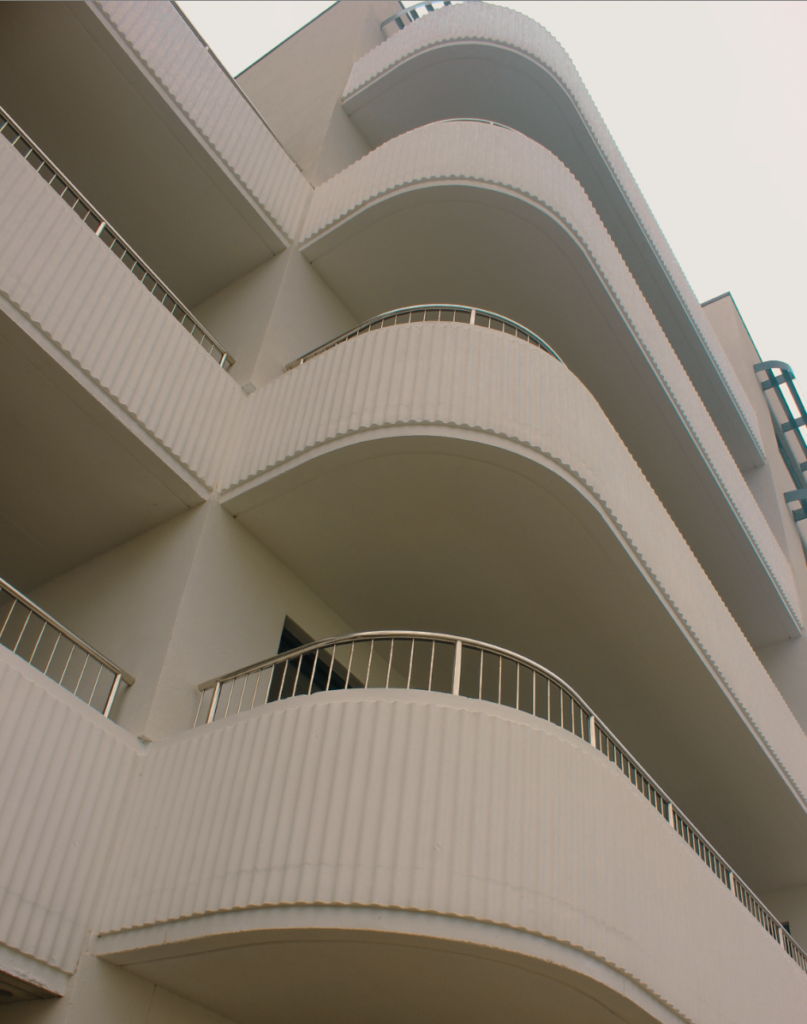New Topographics was a term coined by William Jenkins in 1975 to describe a group of American photographers (such as Robert Adams and Lewis Baltz) whose pictures had a similar banal aesthetic, in that they were formal, mostly black and white prints of the urban landscape
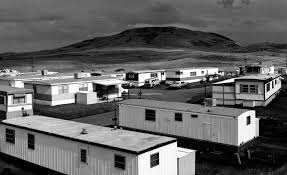
Robert Adams:
His refined black-and-white photographs document scenes of the American West of the past four decades, revealing the impact of human activity on the last vestiges of wilderness and open space. Although often devoid of human subjects, or sparsely populated, Adams’s photographs capture the physical traces of human life: a garbage-strewn roadside, a clear-cut forest, a half-built house, a series of mobile homes. this helps show that the landscape has been ruined by humans. the mountain in the background shows what the original photo would have looked like before. it shows the contrast between human life and natural life.
“Beauty, which I admit to being in pursuit of, is an extremely suspect word among many in the art world. But I don’t think you can get along without it. It’s the confirmation frankly of…of meaning in life.” – Robert Adams

These photos have an uneasy contrast between man and nature, it shows the responsibility we hold on the landscapes future.
Parking lots, suburban housing and warehouses were all depicted with a beautiful stark austerity, almost in the way early photographers documented the natural landscape. An exhibition at the International Museum of Photography in Rochester, New York featuring these photographers also revealed the growing unease about how the natural landscape was being eroded by industrial development.
What was the New Topographics a reaction to?
The New Topographic Movement represented a paradigm shift in the world of photography and had a profound influence on contemporary art. It forced viewers to reconsider their perceptions of the environment, the impact of human activity on the landscape, and the aesthetics of the ordinary.
Their stark, beautifully printed images of this mundane but oddly fascinating topography was both a reflection of the increasingly suburbanised world around them, and a reaction to the tyranny of idealised landscape photography that elevated the natural and the elemental.
Historical Context : Post-war America struggled with
Family’s living in America before the war struggled with many situations such as Inflation and labour unrest. The country’s main economic concern in the immediate post-war years was inflation. The baby boom and suburbia. Making up for lost time, millions of returning veterans soon married and started families. Isolation and splitting of the family unit, pharmaceuticals and mental health problems. They also struggled with Vast distances, road networks and mobility
CASE STUDY: Stephen Shore, Beverly Boulevard and La Brea Avenue, Los Angeles, California, June 21, 1975, chromogenic colour print

- Foreground vs background | Dominant features
- Composition | low horizon line | Square format
- Perspective and detail / cluttering
- Wide depth of field | Large Format Camera
- Colour | impact and relevance
- Nationalism vs mobility vs isolation
- Social commentary | The American Dream ?
- An appreciation of the formal elements : line, shape, form, texture, pattern, tone etc
The aperture is a little slow as the car on the left hand side is slightly blurry. the photo has a wide depth of field, the lighting is natural, from the sun and the photo is probably taken around late morning/early afternoon. the lighting in this photo is quite cold. there are many shadows with hard edges from the sun which helps us find out what time of day it is. across the picture there is vertical lines from the lamppost and signs. there is the rule of thirds and as the photo has a low horizon line it lowers the composition in the photo. the mountain is also hard edge, it is miles away but the photo makes it looks a lot closer than it is. the image looks like its leading the viewer towards the mountains in the background, indicating to get out of the busy area. the photo is connected to transport and getting around, the photo has at least 3 petrol stations and 7+ cars, nothing in the photo is coming towards the viewers however it makes it look like if you were to follow the road you would get to the mountain. in this photos the most seen colours are red white and blue which creates a sense of nationality as they are Americas colours of the flag.
Harve Des Par photoshoot




Here is my contact sheet which consists of 353 different photos that i took on our school trip to harve des par.
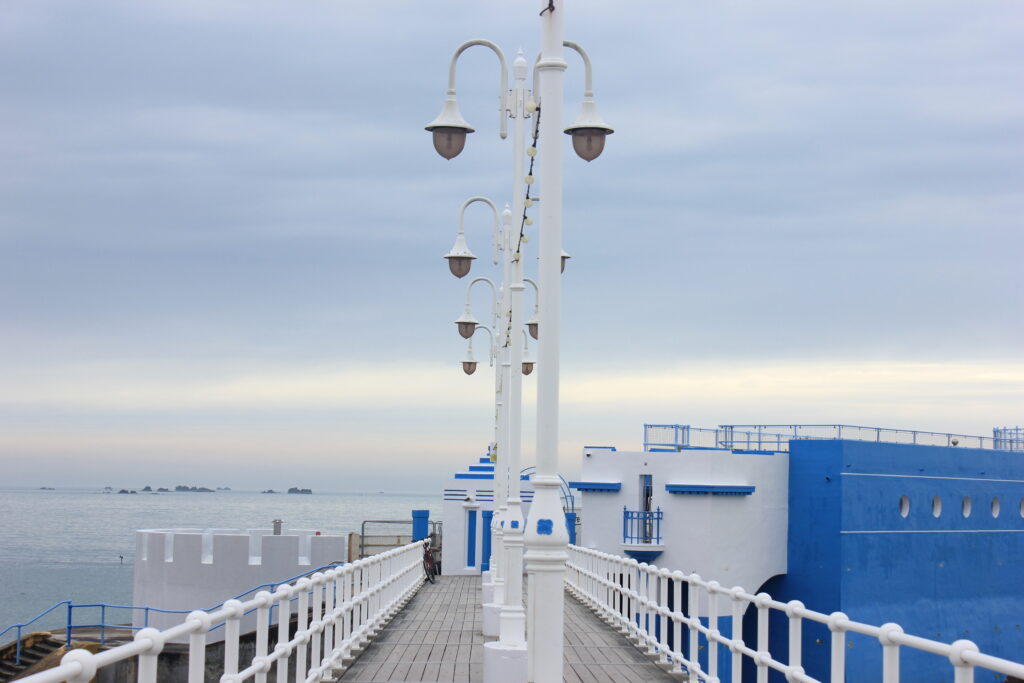
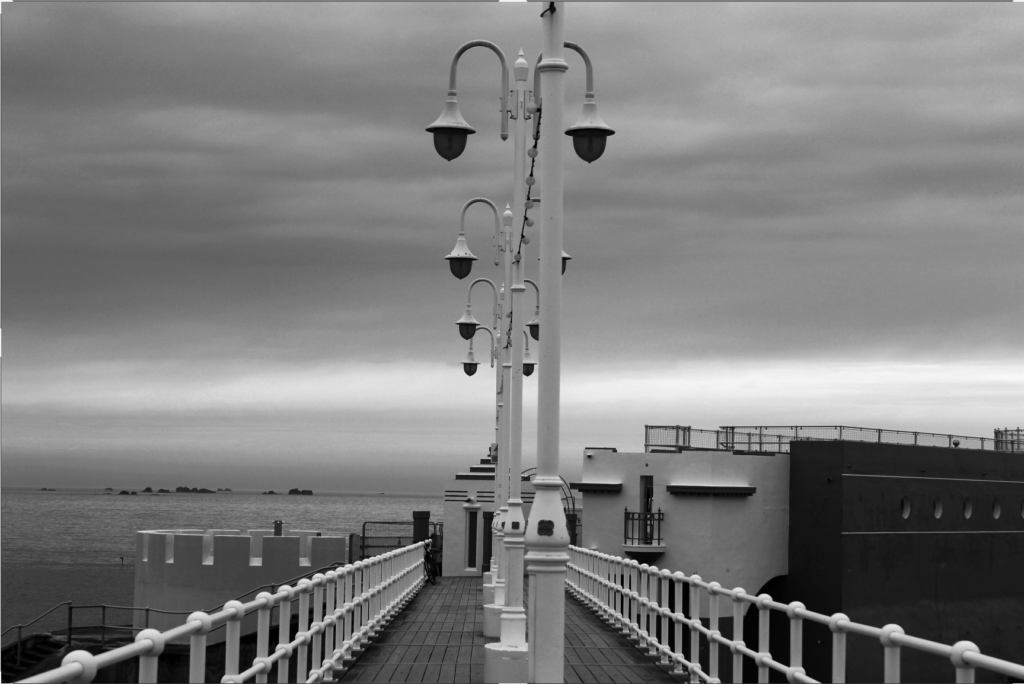
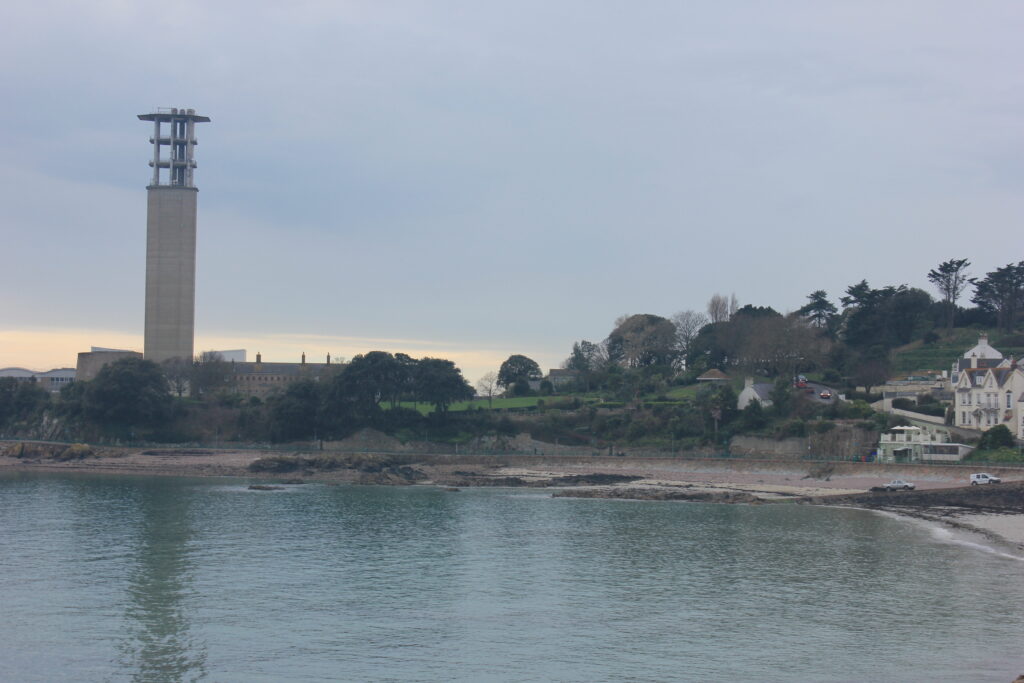
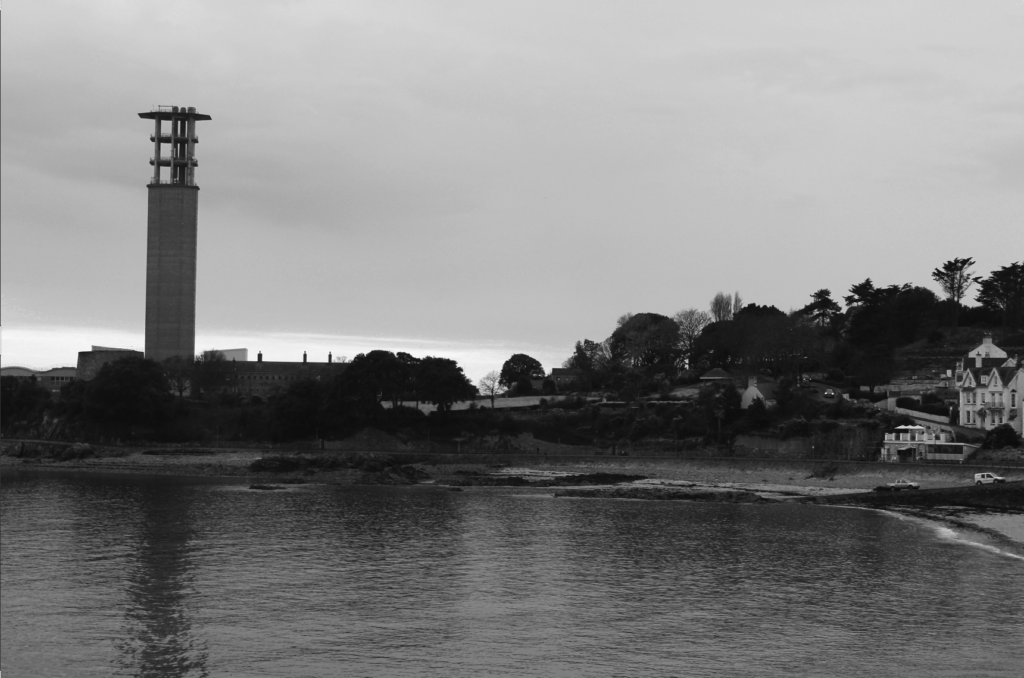
In this photo there is the reflection of lines of the tower and the trees making a repetitive pattern on the sea.
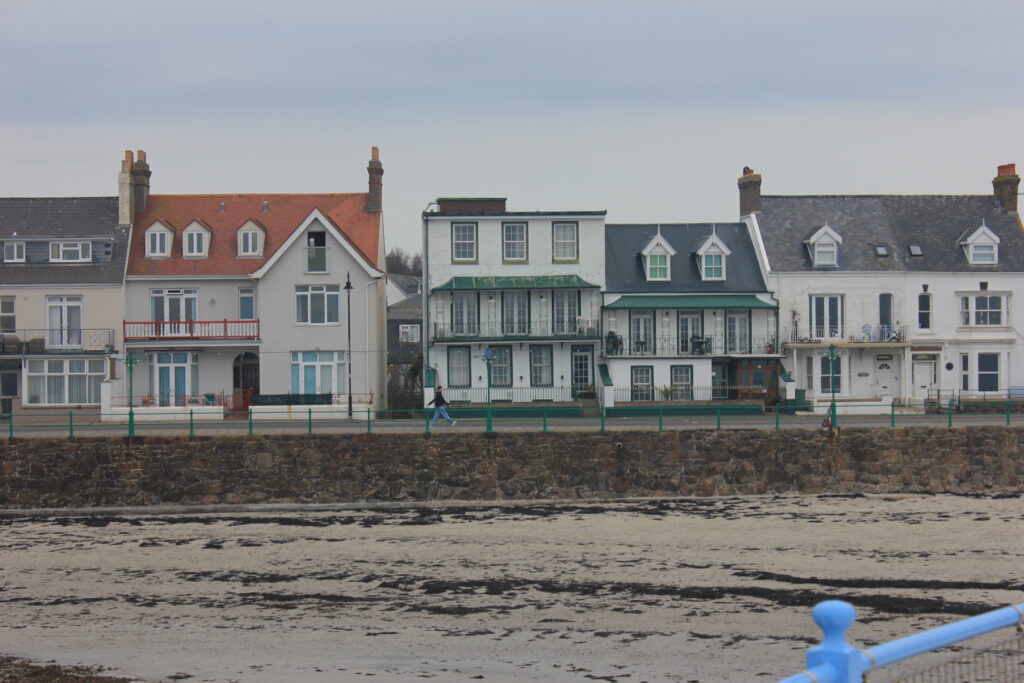
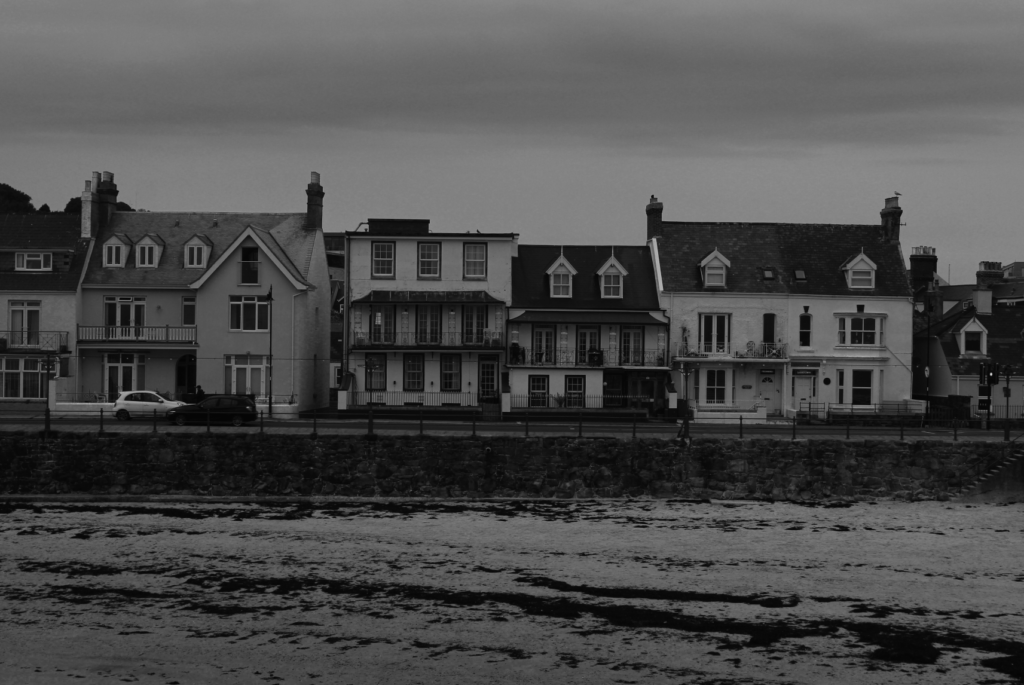
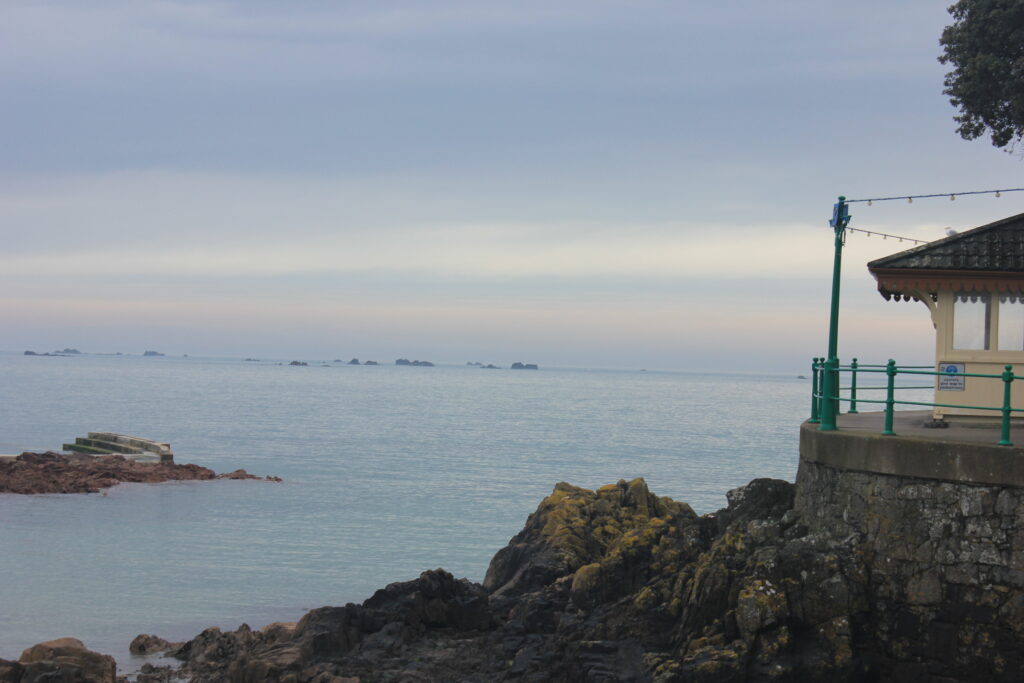
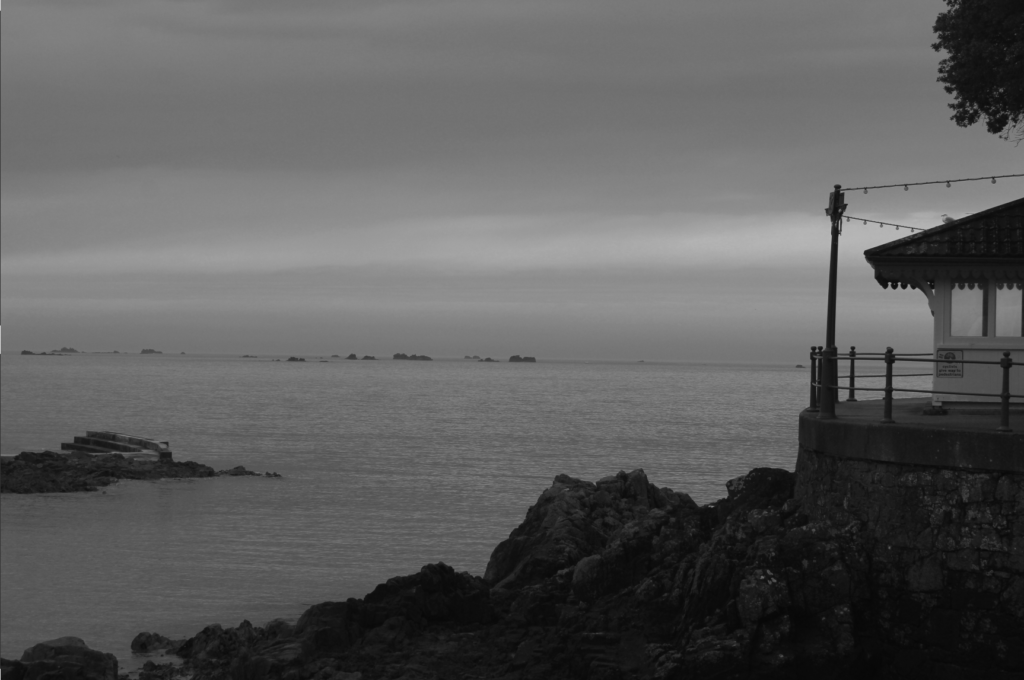
This is before and after editing some of my photos. I’ve edited all of them to make them black and white therefore they all look the same this way my photos look neat and organised.
Photo evaluation:
The lighting in all these photos is natural as it was during the day time however I have changed the photos from natural to black and white as it still shows good tones between the light and dark areas. the photos being black and white help the viewer not get distracted by the colours and therefore they look more into the image. it also helps tell a story by it being black and white.
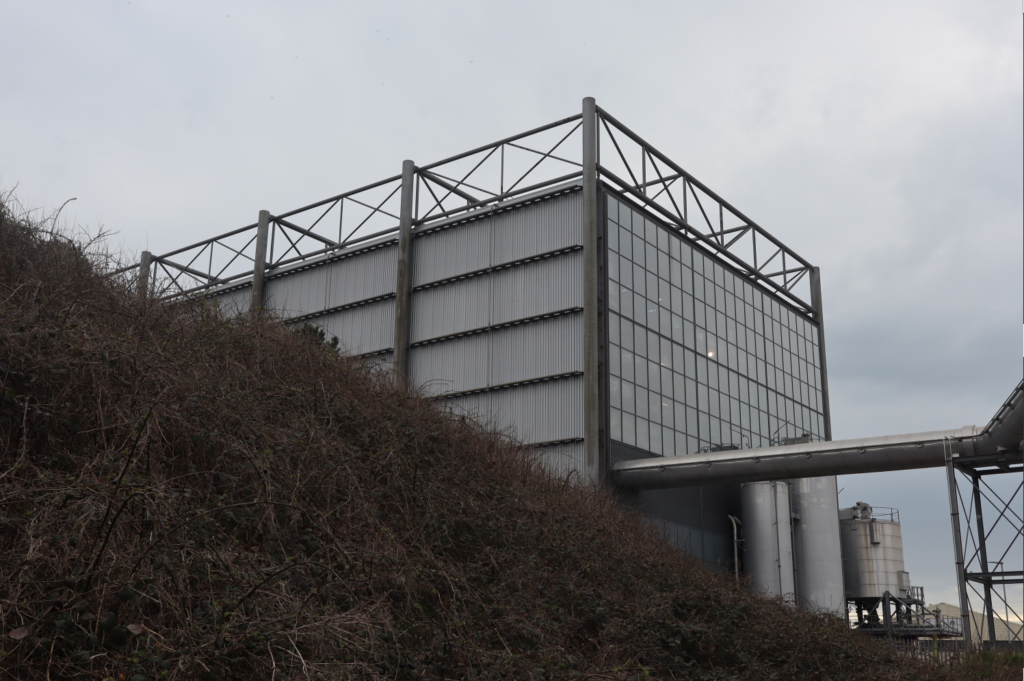
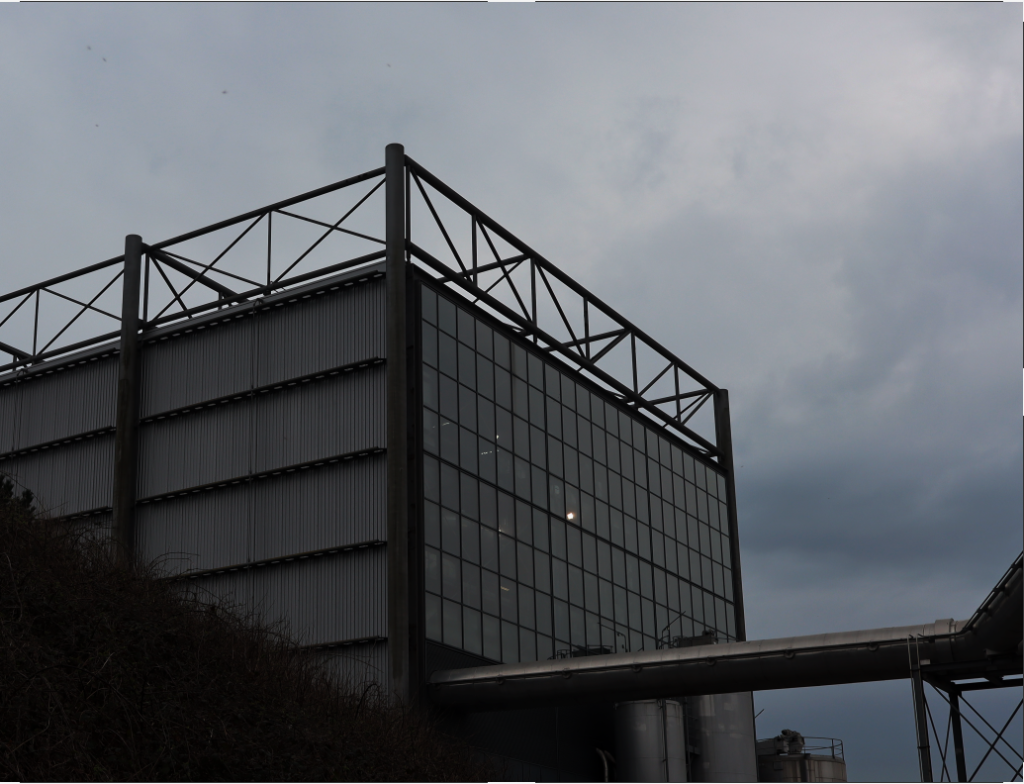
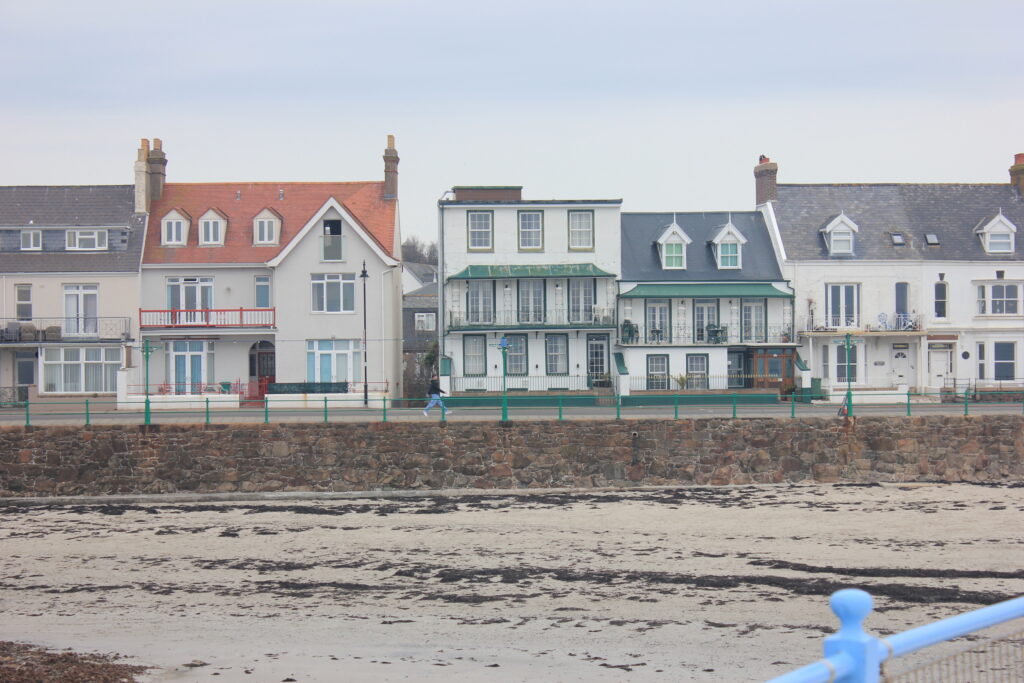

Before ad after some of my photos.
